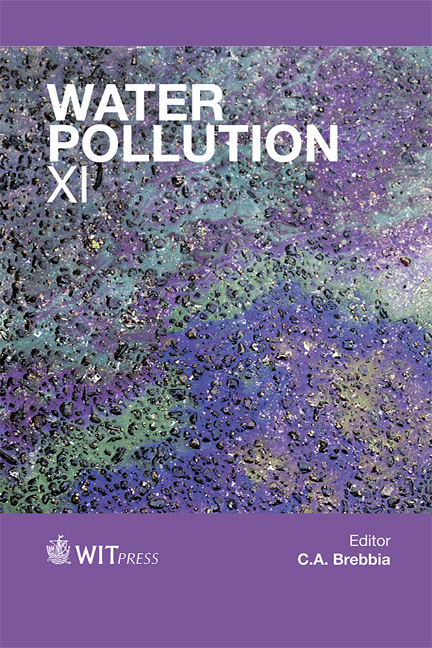Clean Production Using Supercritical Processing: An Example Of Dyeing Tencel® And Nylon66 Fabrics With Recycling Hydrophobic Reactive Dyes
Price
Free (open access)
Transaction
Volume
164
Pages
10
Page Range
463 - 472
Published
2012
Size
440 kb
Paper DOI
10.2495/WP120401
Copyright
WIT Press
Author(s)
S. K. Liao, W. L. Lin, Y . H. Chang & S. M. Lin
Abstract
In current industrial textile dyeing processes, large amounts of wastewater are produced. This is an environmental burden and, due to the ever more stringent regulations on water pollution, also an economical problem. Only industrial waste minimization can give consideration to environment-friendly concerns. Now we have the notion of Reduce, Reuse and Recycle for environmental protection and economic development. The use of supercritical fluid processes such as the dyeing method solves this problem: the residual dye remaining in the dye bath after the process can easily be separated and can be recycled. The supercritical dyeing method has several benefits, such as being nonflammable, nontoxic, easy to use, economic and with favorable waste treatment processes. In order to achieve Green Production, this paper explores the feasibility of using Cationic surfactant KC-3A (Quaternary ammonium salt), recycling C.I. Reactive Blue 4 (DCT type) and C.I. Reactive Blue 19 (VS type) dyes to the original dyeing process and further dyeing Tencel® and Nylon66 fabrics with supercritical fluid. The recycled dye’s structure is determined by spectroscopy. This paper also discusses both recycling dyes, dyeing Tencel® and Nylon66 fabrics in exhaustive dyeing processes. The experimental results showed that Tencel® fabrics after pre-treatment were dyed by the supercritical dyeing method with good fastness properties and acceptable color depth, and dyeing Nylon66 fabrics with recycling dyes is satisfactory using the supercritical dyeing method.
Keywords
recycling, supercritical fluid, reactive dyes, cationic surfactant, hydrophobic





